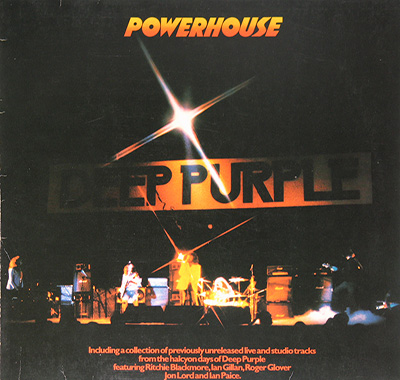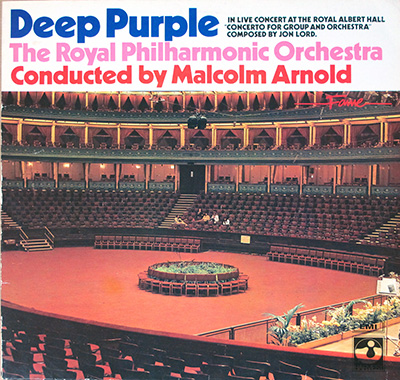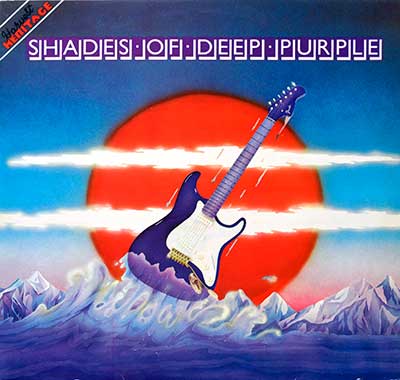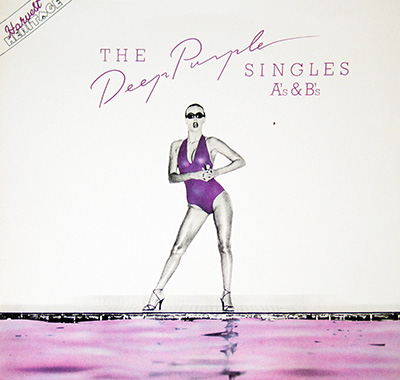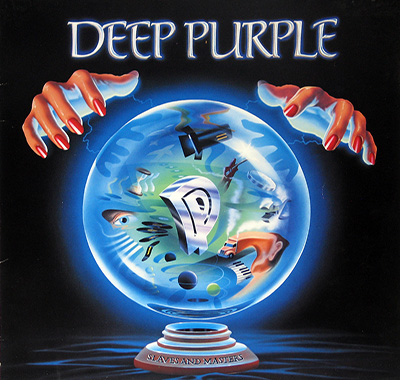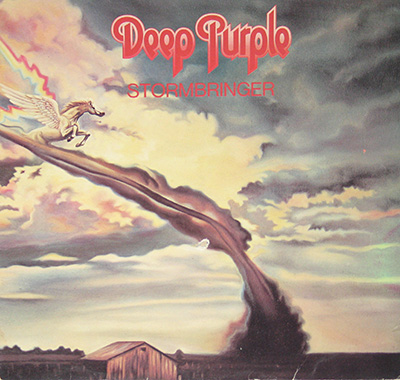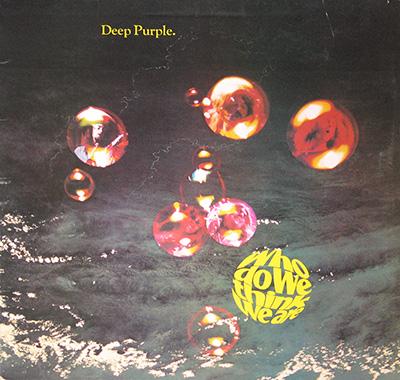In the waning days of the Cold War, when the Iron Curtain was still very much a tangible thing, a curious artifact emerged from the heart of the Eastern Bloc. It wasn't a political manifesto, a smuggled samizdat, or a clandestine recording of a dissident folksinger. No, it was something far more subversive in its own way: a Hungarian vinyl pressing of Deep Purple's "The House of Blue Light."
Now, for those of you who came of age in the era of digital downloads and streaming algorithms, a little historical context is in order. Deep Purple, in their Mark II incarnation, were one of the pioneering forces of hard rock and heavy metal. They unleashed a thunderous barrage of guitar riffs, organ blasts, and banshee wails upon the world, leaving an indelible mark on the musical landscape. By the time "The House of Blue Light" was released in 1987, the band had weathered numerous lineup changes, breakups, and reunions. This particular album marked the return of the classic Mark II lineup – Ian Gillan (vocals), Ritchie Blackmore (guitar), Jon Lord (keyboards), Roger Glover (bass), and Ian Paice (drums) – after a hiatus of nearly a decade.
The anticipation for this reunion album was immense, following the success of their previous comeback record, "Perfect Strangers." Fans were eager to see if the band could recapture the magic that had made them legends. The Hungarian pressing, released on the Gong label, was a curious anomaly. It wasn't just the Cyrillic script on the label or the stark, socialist-realist artwork that set it apart. It was the sheer audacity of the music itself, a sonic blast of raw power and unbridled energy that seemed to defy the drab conformity of life behind the Iron Curtain. This wasn't some watered-down, state-approved version of Western rock and roll; this was the real deal, as loud and brash as anything coming out of Los Angeles or London.
Of course, Deep Purple weren't exactly strangers to controversy. Their music had always been a lightning rod for both praise and criticism, often pushing the boundaries of what was considered acceptable in polite society. They were the epitome of rock and roll rebellion, a symbol of youthful defiance against the established order. In the context of Communist Hungary, their music took on an added layer of significance, a potent expression of individual freedom in a society that sought to suppress it.
"The House of Blue Light" itself is a mixed bag. It's not a perfect album by any means. Some of the songs feel a bit formulaic, relying on familiar tropes and clichés. But when Deep Purple are firing on all cylinders, they're a force to be reckoned with. The opening track, "Bad Attitude," is a swaggering anthem of defiance, with Gillan's vocals soaring over a relentless barrage of guitar riffs and pounding drums. "The Unwritten Law" is a darker, more brooding track, with a sinister undercurrent that hints at the band's darker side. And "Call of the Wild" is a bluesy rocker that showcases Blackmore's virtuosic guitar playing.
The album was recorded at a time of technological transition in the music industry. Digital recording was becoming more prevalent, but Deep Purple opted to stick with analog techniques, capturing the raw energy of their performances on tape. The production, helmed by Roger Glover, is crisp and clear, allowing each instrument to shine through in the mix. The recording took place at several studios, including Montserrat Sound in the Caribbean and SARM West Studios in London, with final mixing at Greg Rike Productions in Lake Geneva, Wisconsin.
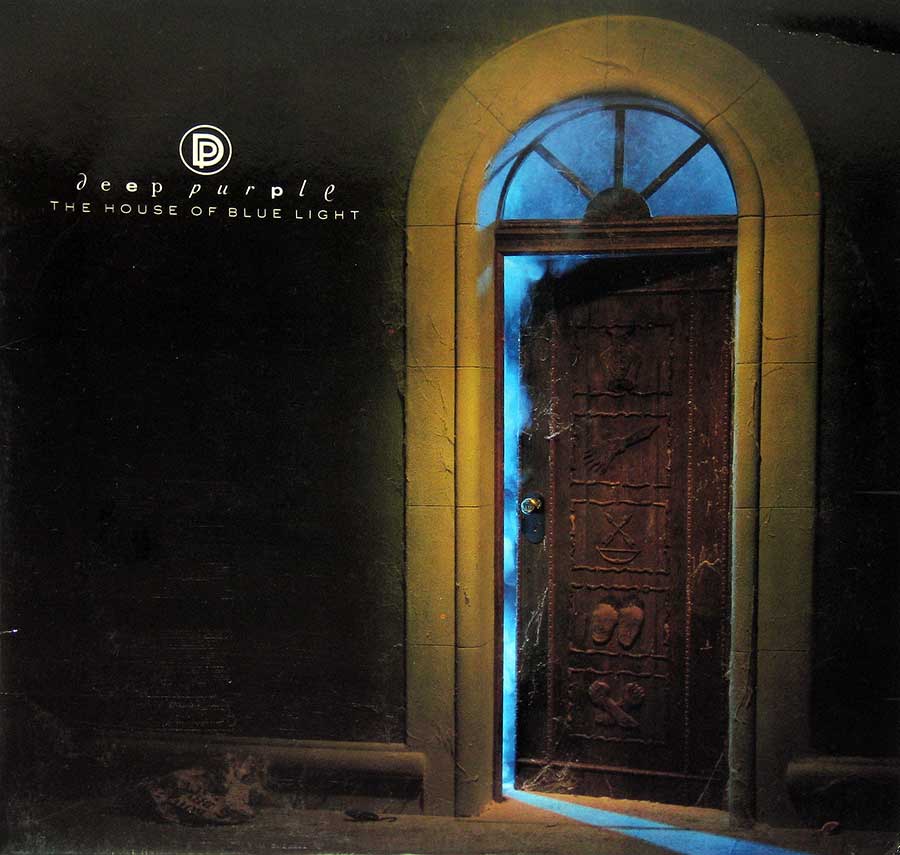
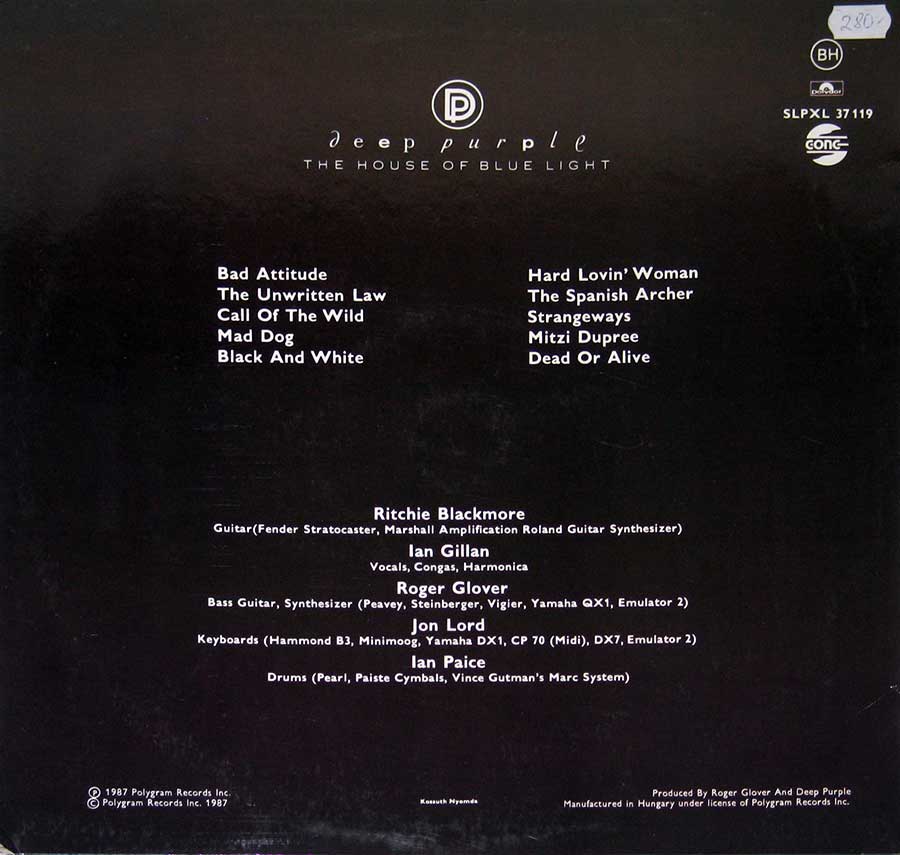
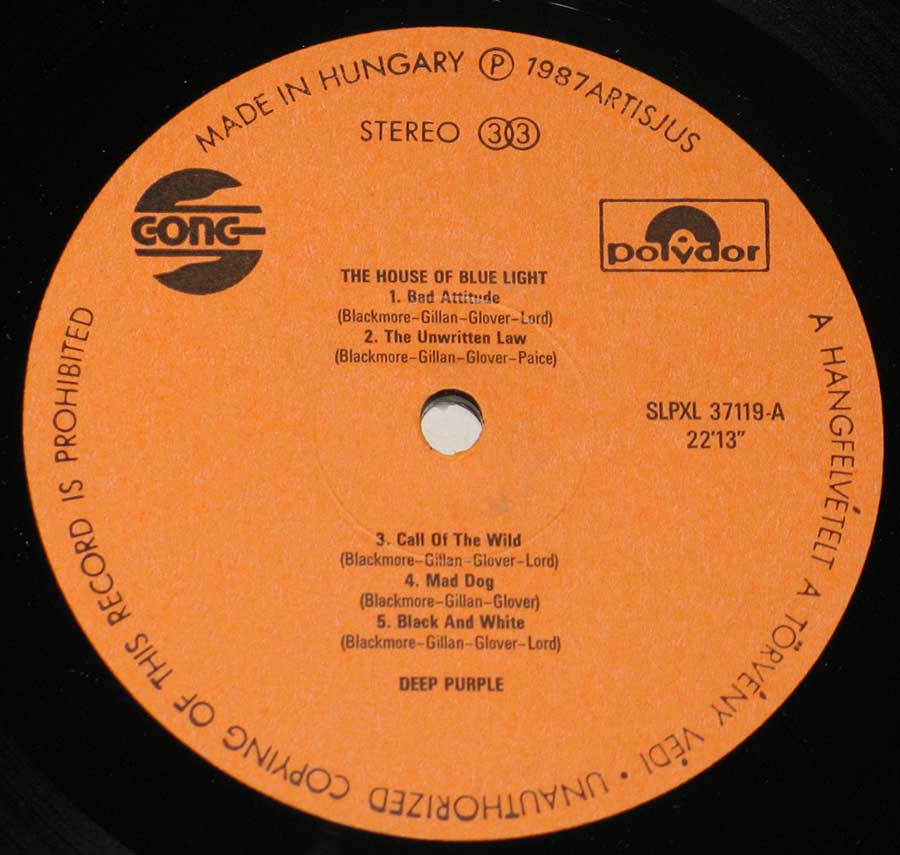
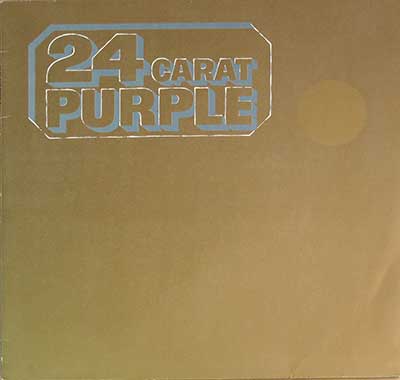
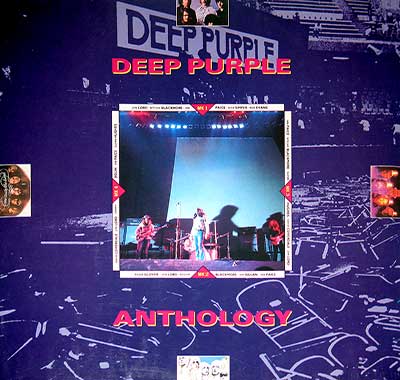
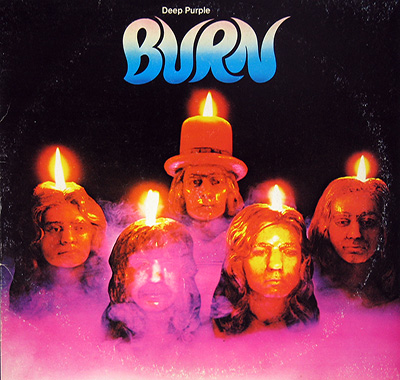
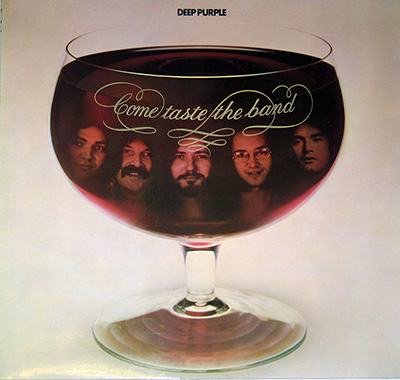
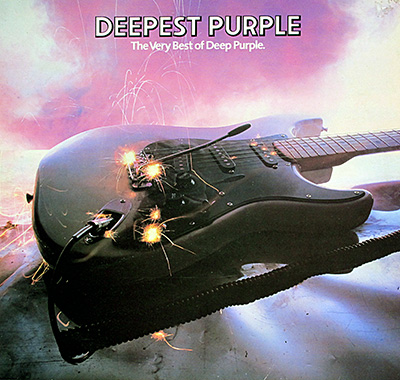
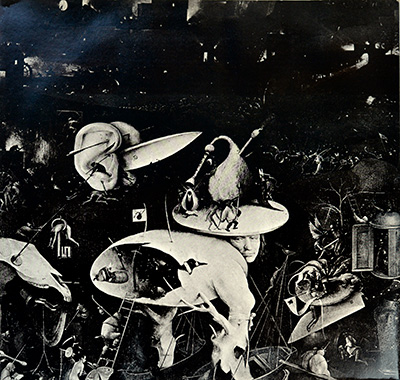
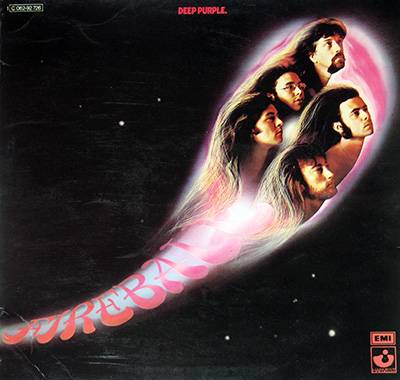
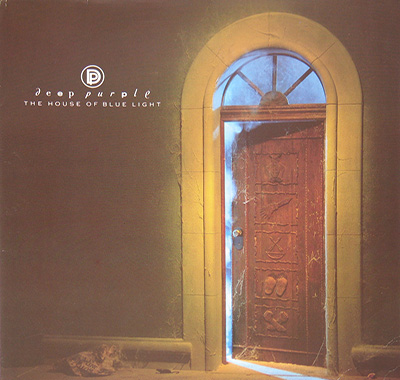
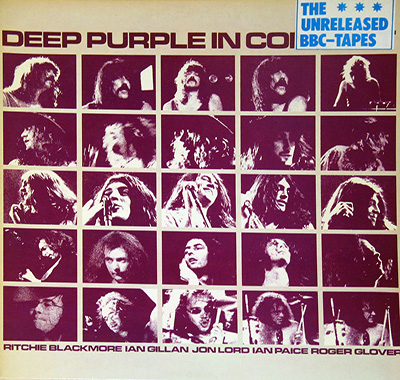
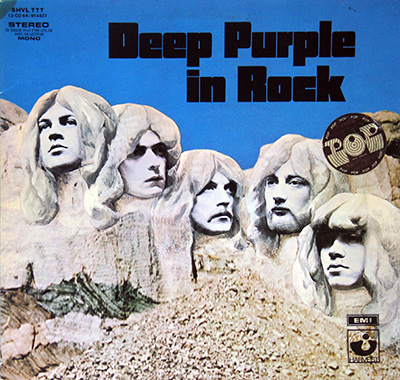
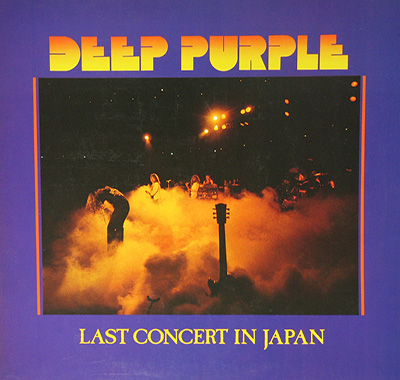
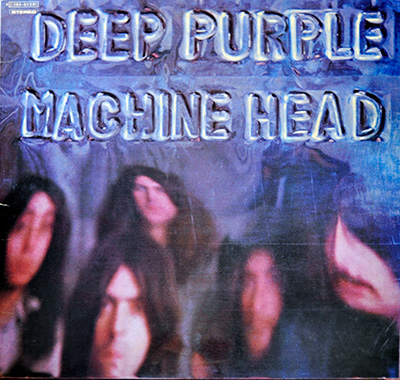
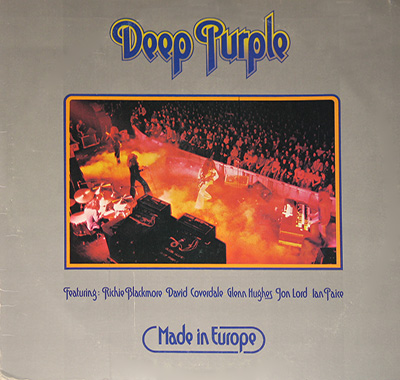
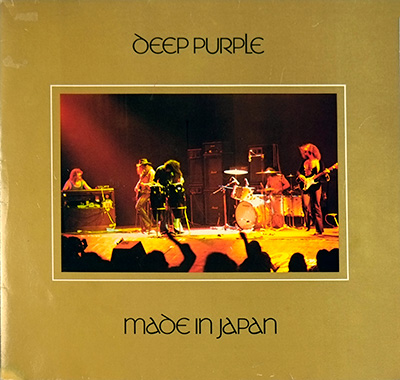
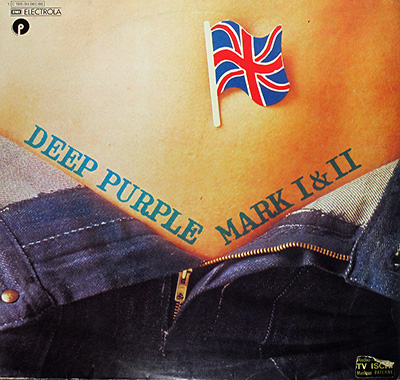
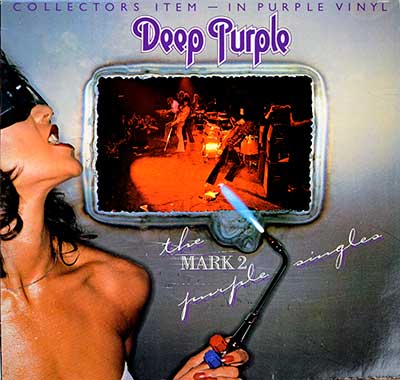
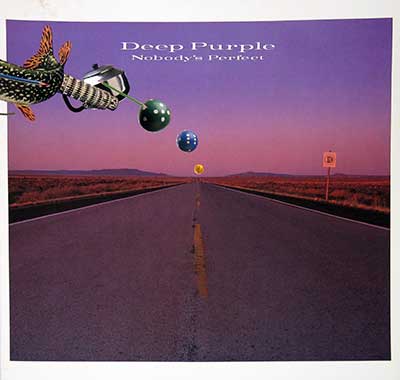
.jpg)
